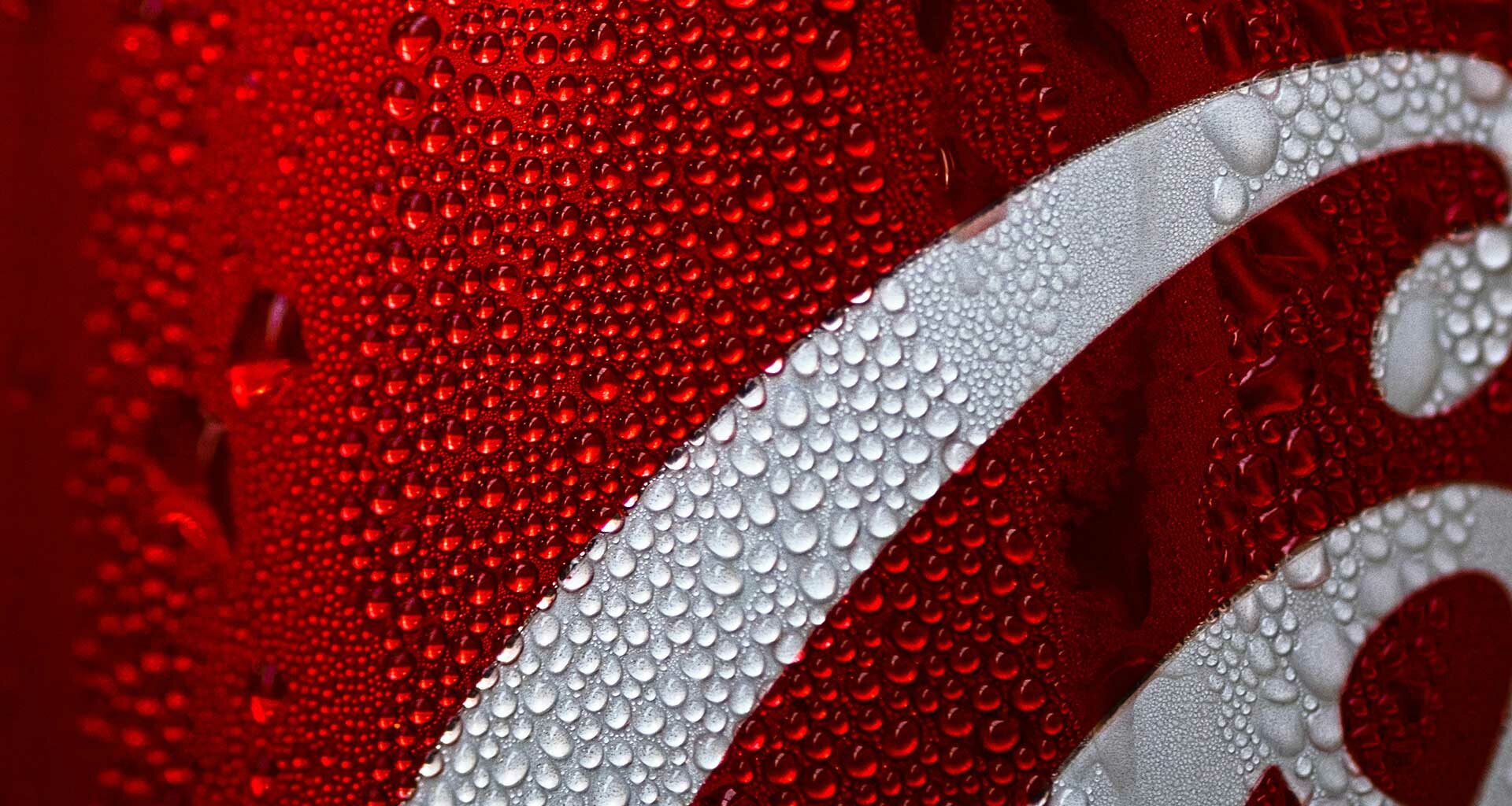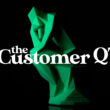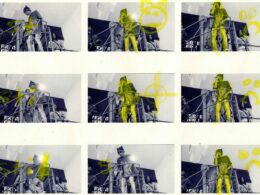If I say the name, “Louboutin,” what do think of? Shoes with red soles, right? How about “Post-Its”? A pad of yellow sticky notes, right? And “Tiffany’s?” OK, diamond engagement rings and Audrey Hepburn. But the brand’s iconic robin’s egg blue box too. Conjure up the Coca-Cola logo in your mind’s eye. Officially it’s a Spencerian cursive script. But red, right? And if I say, “Barbie” or “Mattel” does the color pink spring to mind? Of course it does. See, color is resonant and acts as a big-time brand identifier, hence my sudden concentration on color.
But mainly because a federal judge just rejected NYU Langone Medical Center’s claim that rival Northwell Health ripped off NYU’s signature violet color in their marketing. The judge dismissed the case as “vague and overbroad,” but left the door open to file an amended complaint. Which is what I think NYU should do.
Why? Well, full disclosure, I did my doctoral work at NYU and back then – and for nearly 100 years before I matriculated – they were called the “Violets.” Yes, the Violets, so get over yourself! Our colors were (and are) violet and white and the “Violets” is ours. NYU’s, I mean. And nobody should be able to take that away from us. Color may be the strongest element of beauty in nature, but it can also be one of the strongest elements of identification in branding. And we’re the “Violets.” And when a color becomes synonymous with a brand, if brands are smart, they make it theirs. Or should. They can even trademark it. Which apparently my alma mater didn’t. So, again, I say, “Amend and re-file!”
I’m pretty confident that every textbook in NYU Stern School of Business library defines a trademark as “any word, name, symbol, or design, or any combination thereof, used in commerce to identify and distinguish the goods of one manufacturer or seller from those of another and to indicate the source of the goods.” To register a trademark, certain requirements must be met: being unique and distinctive, dissimilar to any existing trademarks, and must be used in commerce in a specified category. Trademarks are eternal, although they need to be renewed every 10 years. A smart brand (and their lawyers) will do that. And NYU has its own law school!
For many years color – in and of itself – did not qualify as a trademark. Logos, sure. Names and slogans, absolutely. But colors not at all. Until 1985 when Owens-Corning won a half-decade legal battle to trademark its pinky-colored fiberglass insulation. They’d been using it for quarter of a century to distinguish it from other insulations, which were all the same tan color. And now that pinky color was theirs. Trademarked. Ten years after that the Supreme Court ruled a color could, indeed, serve to identify a brand.
And then brands started trademarking colors in bulk!
Tiffany and Louboutin and Mattel and Coca-Cola and Post-Its all trademarked their colors. So did UPS (brown), Home Depot (orange), and T-Mobile (magenta, which I always thought was “pink” albeit a different shade than Mattel). The University of North Carolina, aka the “Tar Heels,” (a name with a lot less charm than the “Violets” I personally feel) were smart enough to trademark their own greyish-blue school color.
There are about 500,000 brands in the world. Roughly 10% of those are U.S. brands. And about 88% of them use some color to increase attention and engagement. Pantone, a company known for standardized color reproduction and management, currently recognizes 2,360 colors. So, if all brands trademarked one, they’d run out of colors pretty quickly. Also, of those colors there are nuanced shades hard for consumers to tell apart. Hello T-Mobile and Mattel. Oh, and 9% of the population is color blind! Just saying.
And sure, there are lots of monochrome brands, art director/designer-speak for “black and white.” But those can be extraordinarily powerful and engaging. Think Apple. Or Gucci. Or the Mini. Or Prada. Or SONY. Or Walt Disney. Or Nike. Oh, oh, or Chanel. Coco Chanel thought black the ideal color for highlighting other colors – and jewels! She said, “When I find a color darker than black, I’ll opt for that!” BTW, a logo trademark filed in black and white is protected in all colors by default. You don’t need color to have a truly effective and engaging brand logo. Logos vary in their abilities. We did a study back in 2022 which proved some logos were a lot more effective than others. But that study had nothing to do with the colors marketers had used.
For “color commentary” we turned to this year’s Customer Loyalty Engagement Index. We don’t measure the contribution color makes to individual brands specifically, but we do look at what contribution it makes in a category, generally. Here’s the nine where color matters most:
- Alcoholic Beverages
- Apparel Retail
- Athletic Shoes
- Automotive
- Cosmetics
- Pet Food
- Snack Food
- Social Networking
- Toys
The courts don’t make it easy to trademark a color. Certain criteria need to be met: The color itself doesn’t serve a functional purpose. (Yeah, I’m not sure what that means either, which is why there are lawyers), doesn’t put competitors at a disadvantage by affecting cost or quality and, most importantly, achieves a secondary meaning, i.e., distinguishes a product from the competition and identifies the brand as the definitive source of the product. Like Tiffany or Louboutin.
Using color to provide secondary meaning moves brands into the realm of the “psychology of color.” How color impacts emotions and the role it plays in consumer behavior. It’s estimated a color can influence up to 80% of brand recognition and up to 90% of a consumer’s initial opinion. Blue is the most popular color for a trademark and engenders calm and trust. Red is next, prompting excitement and passion. Yellow represents happiness and originality. Green conveys youth and nature. Orange communicates creativity and warmth.
Oh, and violet? Not only is it the highest vibration in the visible spectrum, but evokes consumers’ hopes and dreams, artistic daring, and is associated with nobility, luxury, and creativity.
Go Violets!™













